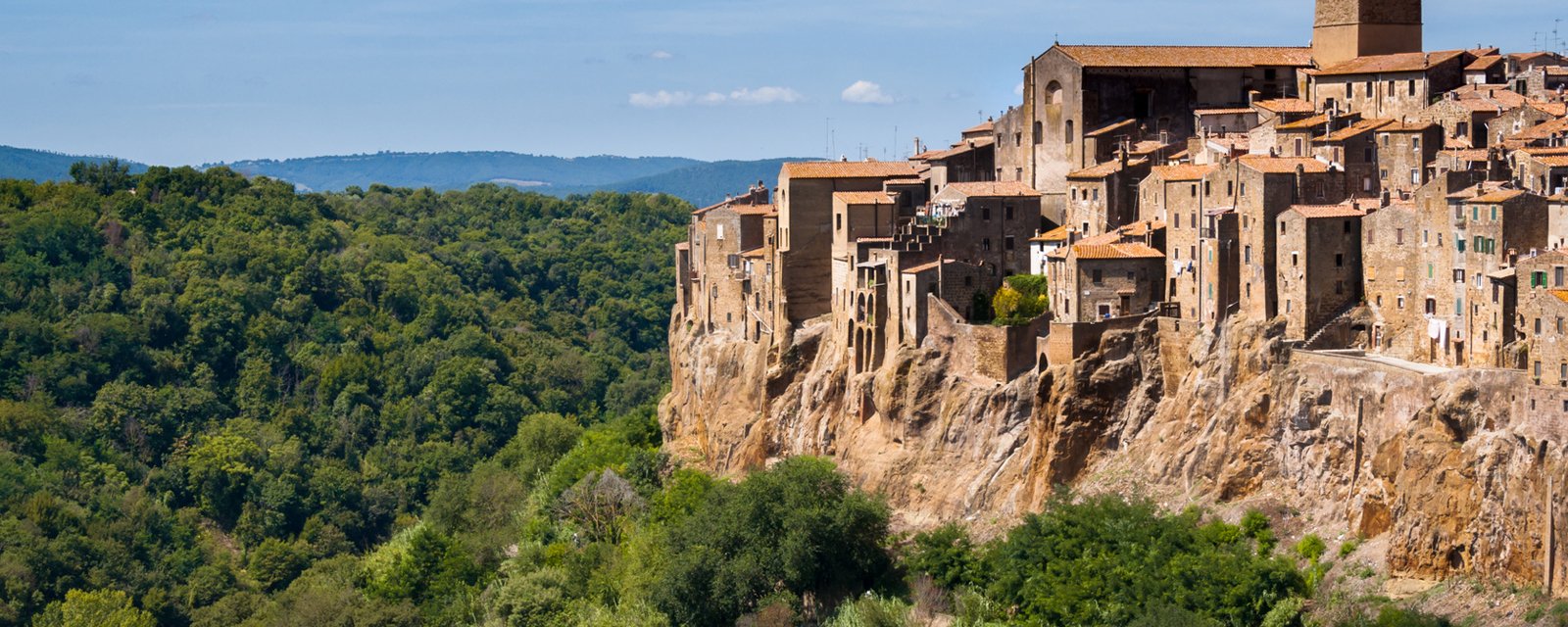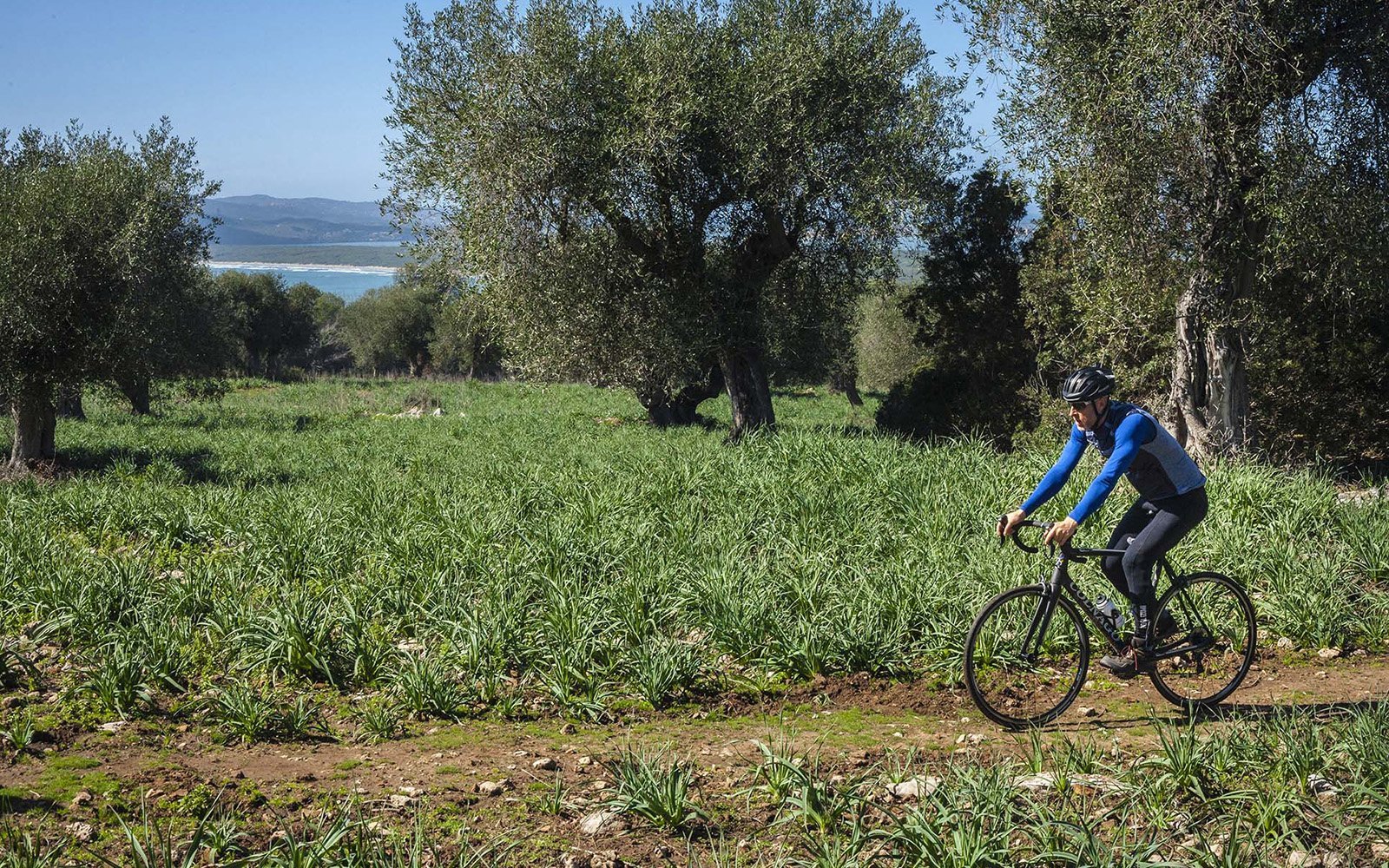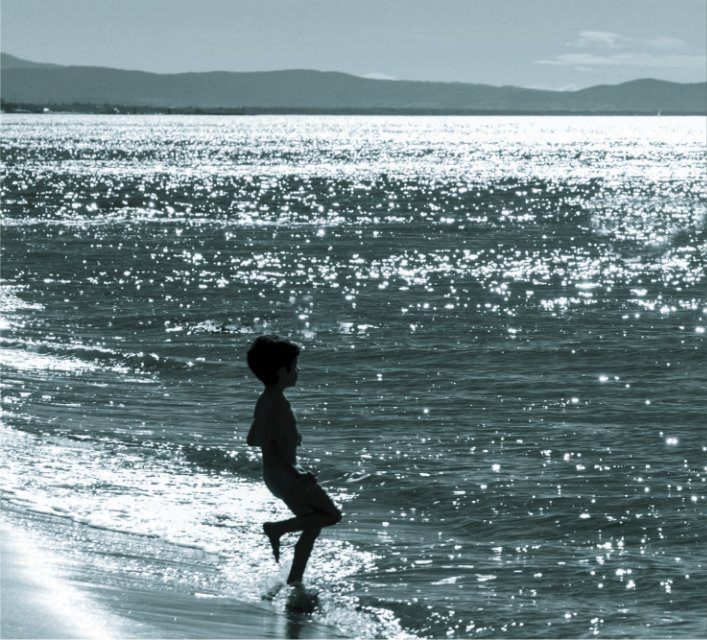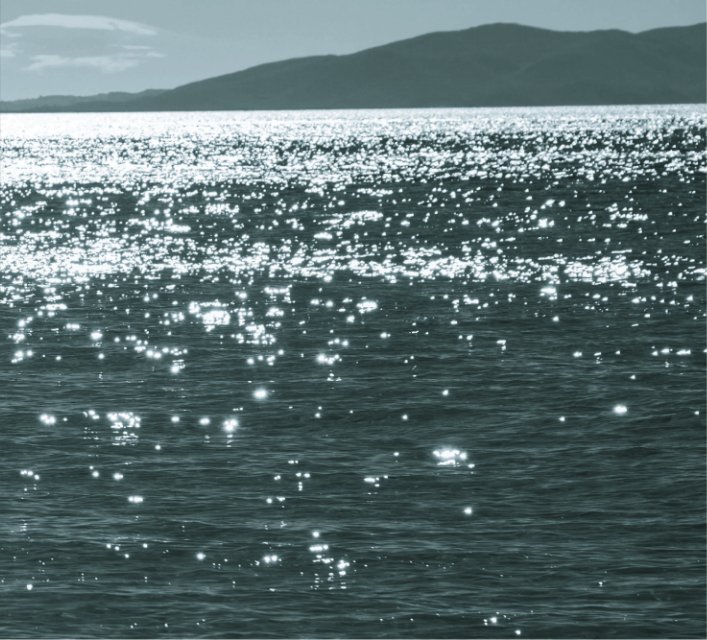Maremma Natural Park
Lush Mediterranean scrub with myrtle, strawberry tree, dwarf palm and various species of birds such as the gray heron, mallard, and Maremma horses, wild boars, porcupines and wild cats. The Maremma Natural Park extends not far from Castiglione della Pescaia with countless itineraries to discover the fauna and botanical varieties characterizing the area.
Stone and maritime pines grow alongside myrtle, juniper, rosemary and mastic. In the hinterland, instead, there are typically continental tree species (deciduous) mixed with Mediterranean species (evergreen), while the south-facing slopes are characterized by plants typical of North Africa (dwarf palm, euphorbia arborea).
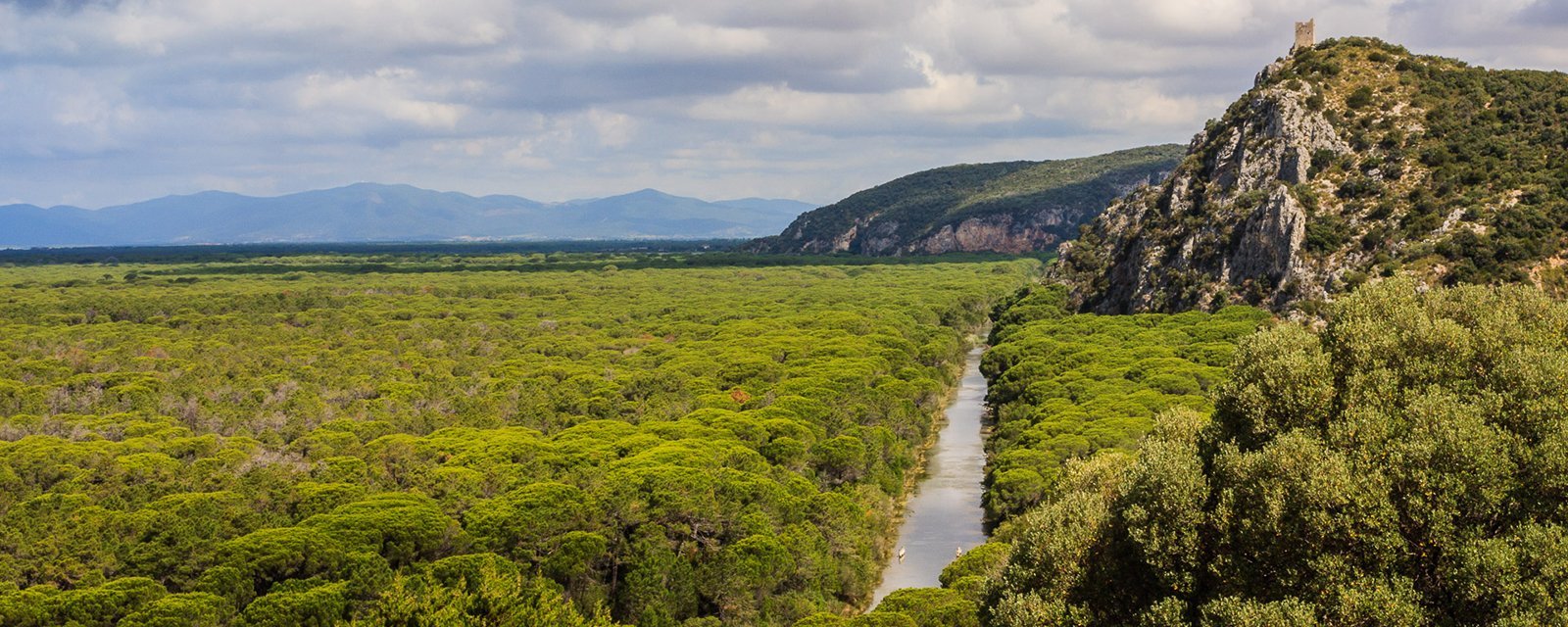
Casa Rossa Ximenes
The Red House was built by Leonardo Ximenes between 1765 and 1768 during the draining of the swamp of Castiglione della Pescaia, and at that time it served to control the flow of water between the swamp and the Tyrrhenian Sea.
Today the building hosts a splendid multimedia museum, which leads the visitor to discover the Diaccia Botrona reserve, and is particularly appreciated for birdwathcing from the panoramic terrace: in this area, in fact, dozens of water birds can be observed, including the gorgeous pink flamingo.
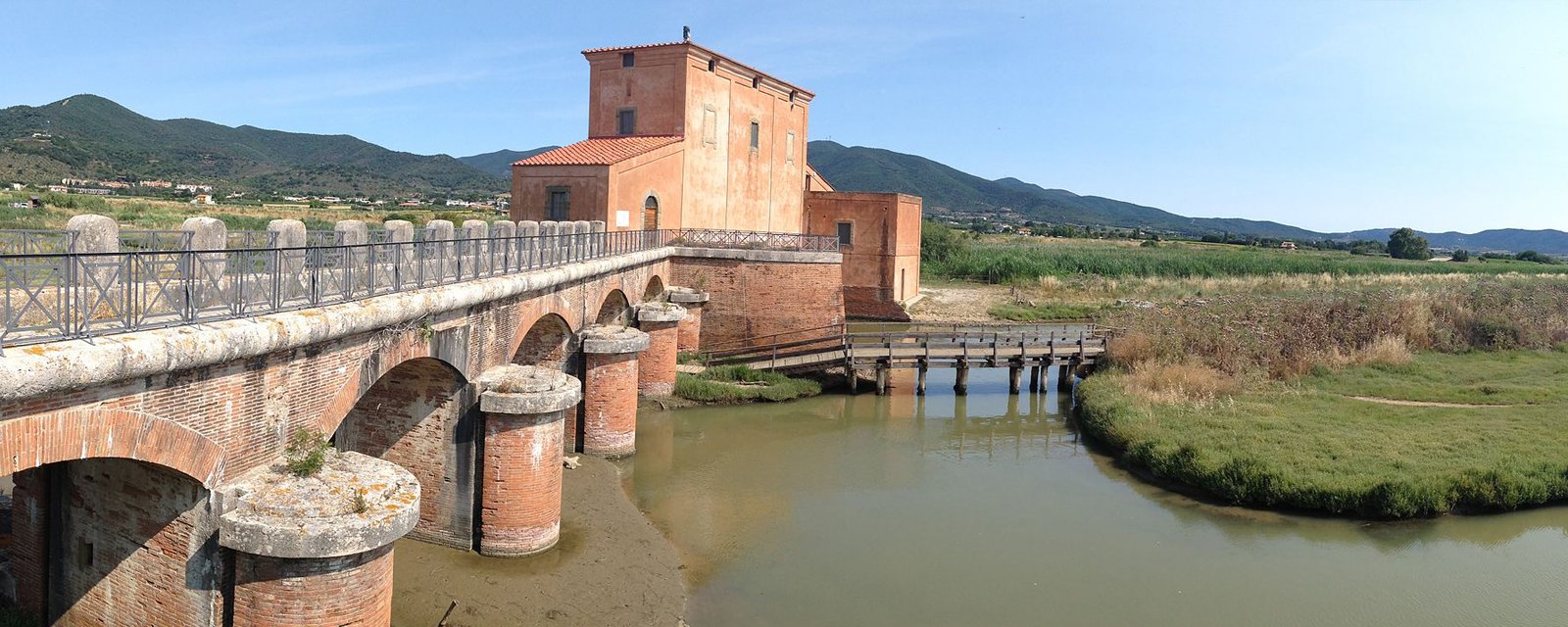
Park of the Metalliferous Hills
The Metalliferous Hills for almost three millennia have been an area strongly affected by human activity: here, in fact, alum, iron, lignite, pyrite and copper were extracted, and the presence of mines and inhabited centers has always been integrated into the splendid landscape of the area. To protect the archaeological sites, the examples of medieval art, the many abandoned mining sites and the very rich natural heritage, the Technological and Archaeological Park of the Grosseto Metalliferous Hills was established in 2002.
The extreme wealth of points of interest has led to the creation of five different routes, which allow you to discover the processing places dedicated to one of the five main minerals that were extracted in the hills; visitors will thus be able to retrace the history and evolution of mining technologies, visiting unusual places within a spectacular environmental setting.
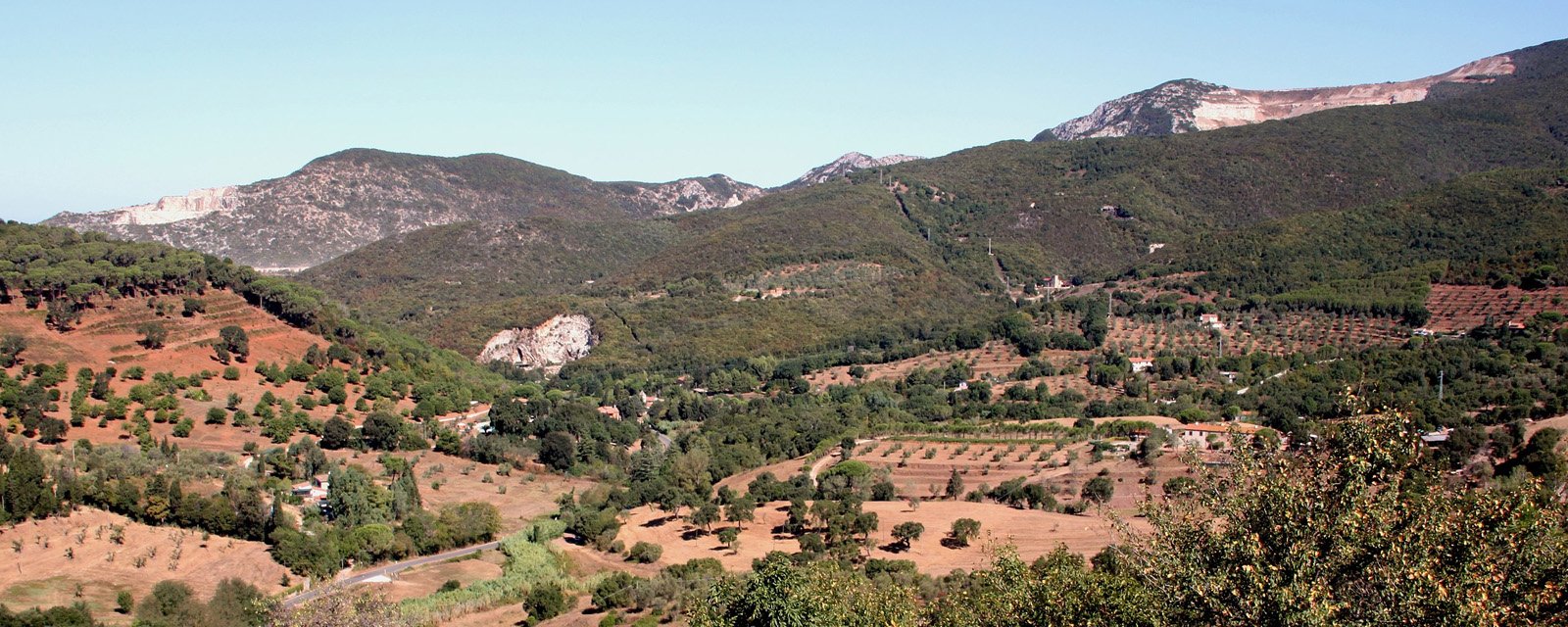
Archaeological walks
Starting from Roccamare it is possible to discover many splendid Etruscan cities.
The closest of these is Vetulonia, an Etruscan city which reached its peak between the 7th and 6th centuries. B.C. and still retains many memories of its ancient power. Particularly worthy of interest are the "Excavations of the city", the archaeological museum and the necropolis, whose burial grounds extend both on the eastern and western slopes of the hills to the plain below. Continuing to the tumulus of Poggio Pelliccia, a few kilometers from Ribolla, in the direction of Giuncarico, there are the remains of a monumental Etruscan tomb which probably belonged to an aristocratic family from Vetulonia who had possessions in this area. Finally, the Accesa lake, where you can see the tombs and the remains of the houses built around the numerous mining wells from which the Etruscans extracted silver, gold and other precious minerals.
Further south is situated Roselle, an archaeological park located on a hill where the ancient Etruscan-Roman city was unearthed, showing more than three kilometers of city walls and an amphitheater at the foot of which there are the forum and buildings, public and private. The paved access road to the city is passable and is surrounded by centuries-old oaks and olive trees.
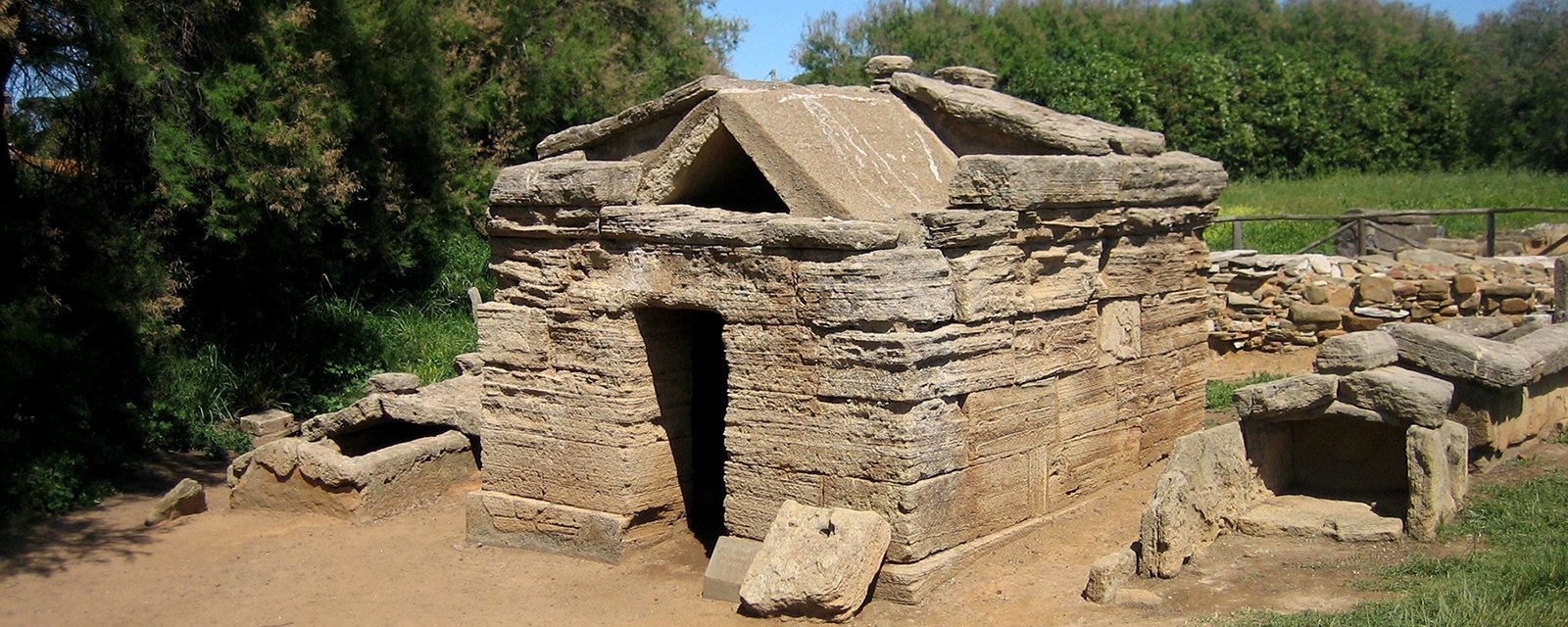
The medieval villages
From Roccamare it is easy to reach Buriano, a village dominated by a Roman castle that overlooks the northern part of the Grosseto plain and the ancient Prile lake. Further on, Montepescali, known as "the balcony of the Maremma" because of the panoramic view, perched on the top of a hill, surrounded by medieval walls and characteristic for its fourteenth-century structures. The villages of Istia d’Ombrone and Batignano retain the remains of walls.
Continuing inland towards Siena, you will reach the villages of Roccastrada and Sassofortino; from here you begin to see the two towers of Roccatederighi, set on a rock spur, and the more famous castle of Montemassi.
This journey through history can only lead to Massa Marittima, a masterpiece of medieval town planning, a real jewel of the Maremma. To admire the suggestive Piazza Duomo, where balance and harmony are integrated creating scenographic corners around the buildings, the Duomo, which stands out from the top of a steep staircase, and the Sienese Arch, which connects the Sienese Fortress with the clock tower, the various museums and the Carapax (European center for the protection of turtles and storks) are also worthy of interest. Not to forget the importance of Massa Marittima also as the hub of the production of the prestigious Monteregio wine.
